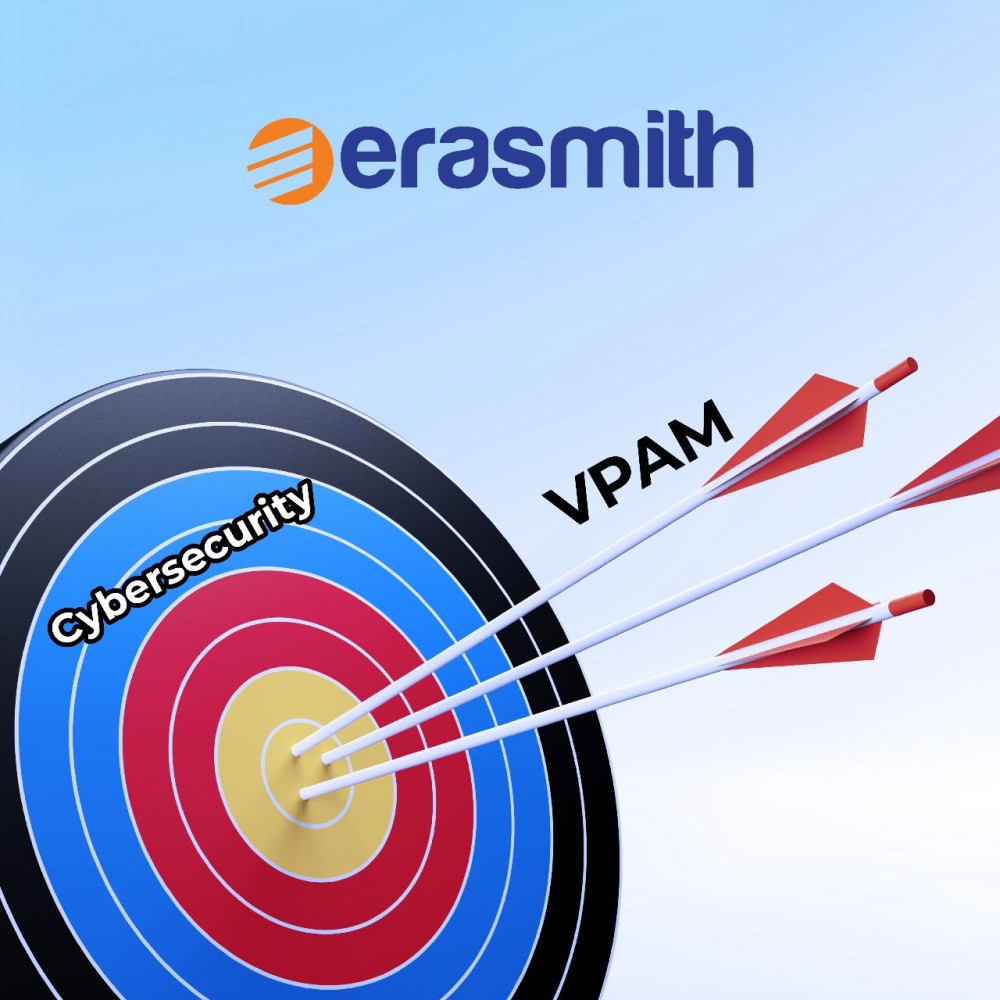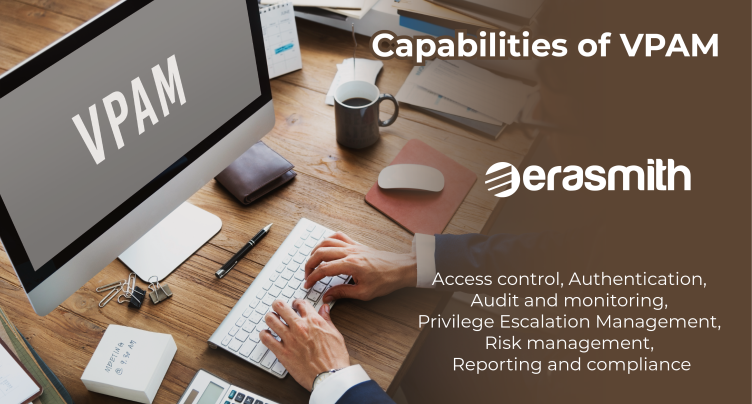Capabilities of VPAM
Vendor Privileged Access Management (VPAM) refers to a set of capabilities and tools that are designed to manage and secure privileged access provided to third-party vendors or contractors.
Access control, monitoring, and auditing of vendor activity on a company’s network and systems are examples of VPAM capabilities. Network admins can set up and maintain individual user accounts for vendors. They get to manage the access privileges and permissions while making sure that vendor access is restricted to only the resources required to conduct their duties.
In addition, VPAM enables session recording, activity logging, and alerting to provide greater visibility and accountability for vendor activity. This helps your network admin to implement compliance with security policies and procedures. Keeping an eye out also paves the path to detect and address any suspicious or unauthorized activity.

The capabilities of VPAM typically include:
- Access control: Organizations can regulate and limit vendors’ access to particular systems, apps, or data by using VPAM. Depending on the vendor’s role and duties, access might be granted and then denied as appropriate.
- Authentication: Prior to granting vendors access to IT resources, VPAM ensures that they have strong credentials. You can also use tools such as multi-factor authentication for the same.
- Audit and monitoring: VPAM enables organizations to monitor and record all vendor activities on their IT infrastructure. This assists organizations in detecting unauthorized access or suspicious activity and allows them to take appropriate action.
- Privilege Escalation Management: As the name suggests, VPAM ensures that vendors have access on a as per need basis. Their access will be limited to the minimum necessary to perform their tasks. It also provides mechanisms to manage and monitor privilege escalation requests.
- Risk management: VPAM assists businesses in identifying, assessing, and mitigating the risks associated with vendor access to their IT infrastructure. Organizations can use VPAM to define policies and procedures for vendor access, and to enforce compliance with these policies.
- Reporting and compliance: VPAM provides reporting capabilities to demonstrate compliance with regulatory requirements, such as GDPR or HIPAA. It also helps organizations identify areas for improvement in their vendor access management processes.
In essence, VPAM capabilities are intended to reduce the risk of data breaches and cyber-attacks by ensuring that third-party vendors using an organization’s IT infrastructure are authorized, authenticated, and audited.

Recent Comments